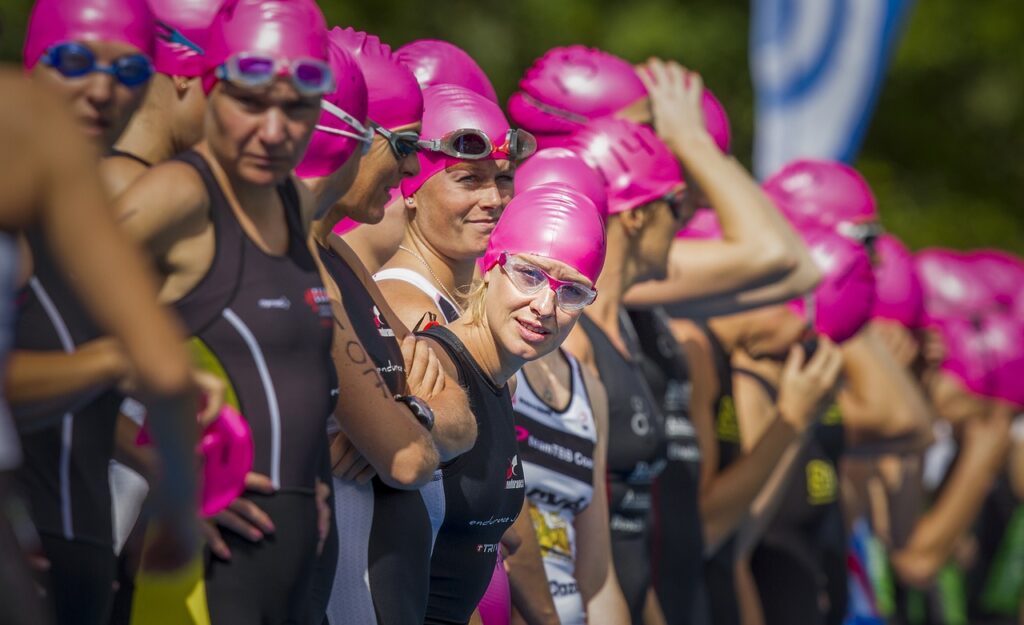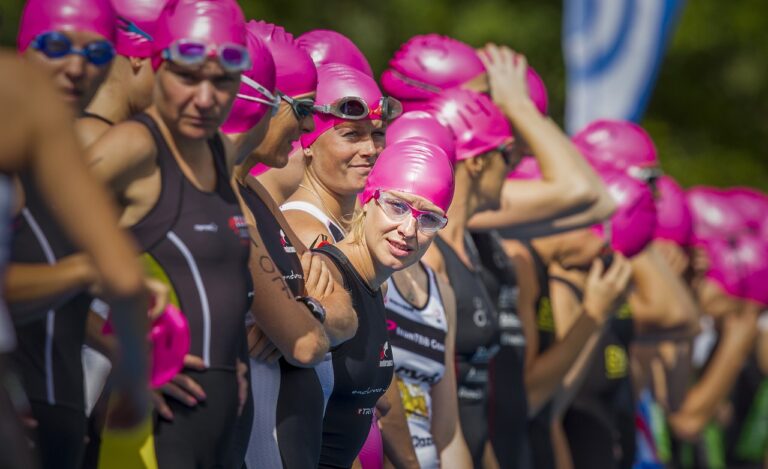
Keeping It Simple
Simplicity is a powerful yet often overlooked concept in endurance sports, where complexity often reigns and where the next new way to train comes up almost weekly. This article explores how embracing simplicity, especially in the balance between duration and intensity, can be the key to unlocking your full endurance potential.
The Elegance of Simplicity
Simplicity is an elegant solution in a landscape crowded with training techniques and trends. You only have to open one of the glossy training magazines in your local supermarket or jump online, and you will be presented with the next silver bullet in endurance training.
I get it; complexity sells. I was one of those athletes and, truthfully, until recently, was that type of coach, too! I was always looking for the answer to the ultimate question, ‘How do I get fitter/faster?’ but if I’m honest, I’m over it!
Complexity, for the sake of it, seems to be rife in the fitness industry, but, in the main, it’s just bullshit! Trying to keep things simple then seems to be the antithesis to what is becoming a baffling pit of excrement, but what does simplicity mean in endurance training?
I think it’s about stripping away the unnecessary, focusing on core principles, and creating a training schedule tailored to your unique needs. Determining a balance between the two is often challenging, but it’s essential to building a strong and sustainable foundation for endurance. So, let’s take a look at how this can be achieved.
Duration vs. Intensity: Striking the Right Balance
Firstly, we must look at what we can manipulate during endurance training. For the sake of simplicity (see what I did there 🙂 ), there are two main things we can change; let’s delve into these two core aspects of endurance training:
Duration: This refers to the time you spend training. Longer sessions at lower intensities are typically associated with building endurance, enhancing aerobic capacity, and preparing for the demands of long-distance races.
Intensity: Intensity measures the effort level during training. High-intensity workouts challenge your limits, improve speed, and enhance your capacity for short, intense bursts of energy. These are particularly valuable for races with brief but demanding segments.
The Science Behind It
Having a basic understanding of the physiological effects of duration and intensity is vital. In general, longer, low-intensity sessions primarily target your aerobic system, boosting your body’s efficiency in using oxygen, a key factor for all endurance races.
Conversely, high-intensity workouts raise your anaerobic threshold, increasing your ability to sustain short bursts of intense effort, which is essential for races that require rapid accelerations or steep climbs.
Research supports the idea that a balance between duration and intensity is crucial for optimal endurance training. Studies have shown that elite endurance athletes spend only a tiny percentage of their training time at high intensity across various sports, such as rowing, running, cycling, and cross-country skiing. They allocate around 15-20% of their training sessions to high-intensity interval training, while most workouts focus on low and moderate-intensity exercises.
This is where the concept of a polarised approach to training comes in. However, it is essential to realise that the research that this is based on is for elite athletes and may not necessarily apply to recreational athletes or those new to endurance training. For newer athletes and those with low fitness levels, just getting out and training will significantly improve endurance and overall fitness, as long as fatigue and injury are adequately managed.
Our Approach: Personalised Simplicity
At The Triathlon Coaching Company, we believe in embracing personalised simplicity. We recognise that every athlete has unique goals, fitness levels, and daily commitments. Our coaching is tailored to accommodate your specific requirements.
For some, simplicity might mean prioritising longer, steady-state sessions to establish a robust aerobic foundation. Others may benefit from selectively incorporating high-intensity intervals to enhance performance. This all comes down to individual variability, where having a coach comes into its own. A coach can analyse your fitness level, assess your goals, and design a personalised training plan that balances duration and intensity.
Unpacking the Benefits of Simplicity
Now, let’s explore why simplicity leads to success with five simple and effective results of keeping it simple:
1. Sustainability: Complex training regimens can lead to confusion and overtraining through an inability to monitor fatigue and/or keep intensity in check. Simplicity ensures that your training remains sustainable, promoting consistency and injury prevention.
2. Time Efficiency: Simple workouts are often time-efficient, seamlessly fitting into busy schedules while yielding results.
3. Clarity: Simplicity brings clarity. You can concentrate on your goals without being overwhelmed by excessive data or conflicting advice.
4. Progressive Adaptation: Simplicity allows your body to adapt gradually, making it easier to handle the training load.
5. Long-Term Gains: Endurance sports are about longevity. Simplicity enables you to stay committed and steadily progress toward your goals.
Embrace Simplicity in Your Endurance Training
Now that you’ve explored the benefits of simplifying your endurance training, consider applying this approach to your athletic journey. At The Triathlon Coaching Company, we offer guidance to streamline your training while maximising your results. Creating a balance between simplicity and practical training is critical to achieving maximum performance when it matters the most.
Take a Step Towards Your Goals
Let me know if you’re interested in experiencing the transformative power of simplicity in endurance training. Let’s talk about your goals and needs, and together, we can create a training plan tailored just for you.
Unlocking your endurance potential is an exciting journey, and we’re here to support you every step of the way.




